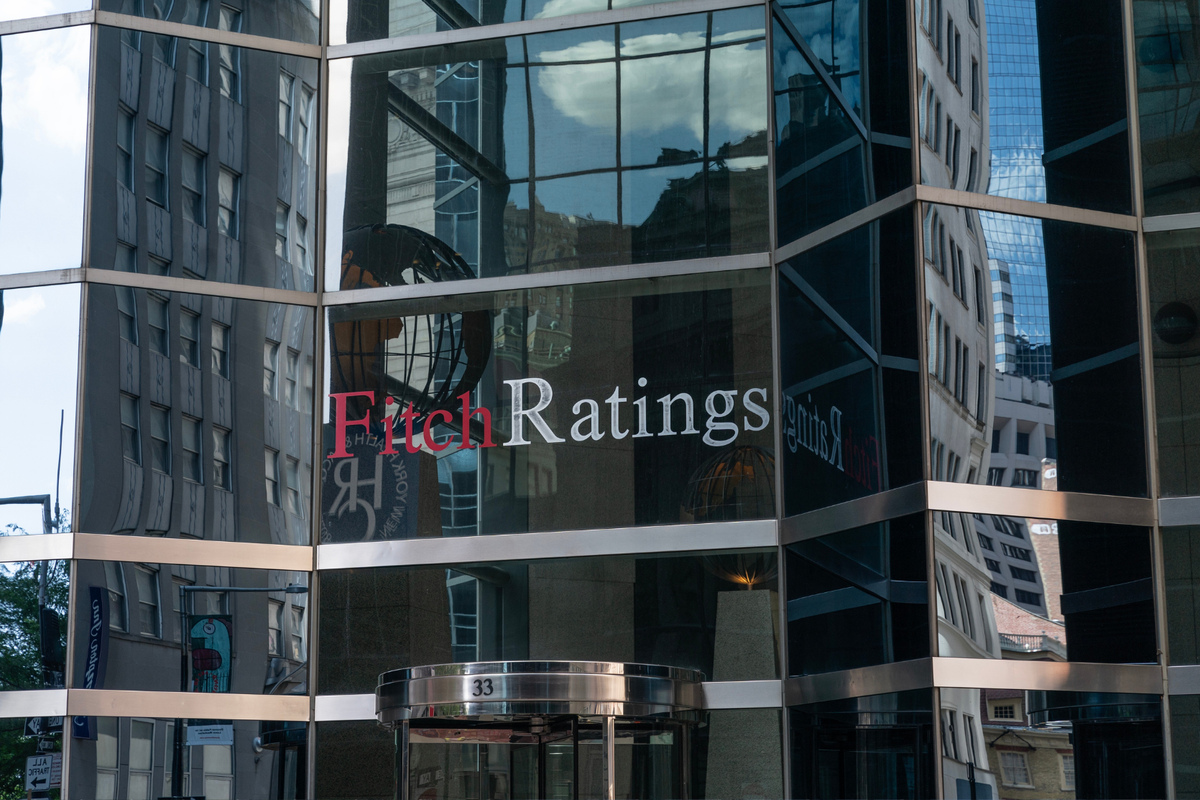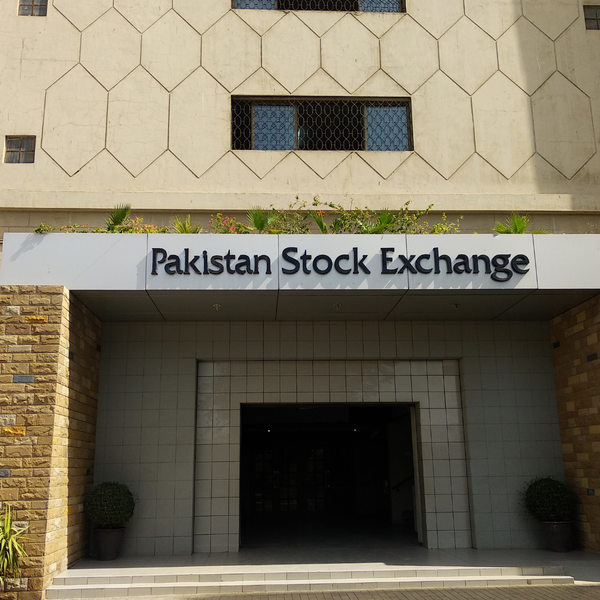Pakistan banks poised to benefit as economy stabilizes
Receding inflation, lower interest rates, and sovereign upgrade create room for growth, but risks remain tied to state exposure
Business Desk
The Business Desk tracks economic trends, market movements, and business developments, offering analysis of both local and global financial news.

Pakistan’s banking sector is set to gain from easing economic headwinds and improving operating conditions, Fitch Ratings has said, citing the country’s recovering credit profile and macroeconomic stability.
The ratings agency noted that Pakistan’s upgraded sovereign credit rating in April—lifted to B- with a stable outlook from CCC+—reflects progress in reforms, fiscal discipline, and overall economic recovery. That shift, Fitch said, is creating opportunities for banks to expand business volumes and reduce their reliance on public-sector lending.
“Lower interest rates and an improving macroeconomic environment are expected to stimulate private credit demand,” Fitch said, adding that this will support steadier loan and deposit growth in the years ahead.
Pakistan’s economy, which suffered from severe inflation and financial volatility in recent years, is gradually stabilizing. Inflation dropped to 4.1% in July, down sharply from a peak of 38% in May 2023, while the State Bank of Pakistan halved its policy rate to 11% over the past year. Fitch projects GDP growth to rise to 3.5% by 2027, from 2.5% in 2024.
Despite the progress, the agency cautioned that risks remain. Pakistani banks remain closely tied to the sovereign given their significant exposure to government securities and state-linked borrowers. “The banks’ intrinsic creditworthiness will likely remain linked to the sovereign and the pace of economic reform,” Fitch warned.
Still, banks have demonstrated resilience. The impaired loan ratio improved to 7.1% by March 2025, down from 7.6% at the end of 2023, while capital adequacy rose to a decade-high of 21%. Fitch said asset-quality pressures should remain manageable as lower interest rates ease repayment capacity.
Returns are moderating from recent highs, however. Return on average equity fell to 20% in the first quarter of 2025, compared with 27% in 2023, as margins narrowed and costs rose. Even so, Fitch said loan growth and treasury income should sustain profitability.
Liquidity and funding also remain strengths, with customer deposits accounting for 65% of total funding and a loan-to-deposit ratio of just 38%. Low dollarization—around 7% of deposits—has helped banks withstand past volatility.
Fitch said banks that diversify revenue streams and maintain prudent lending practices will be best positioned to benefit from Pakistan’s economic stabilization, even as structural challenges persist.










Comments
See what people are discussing